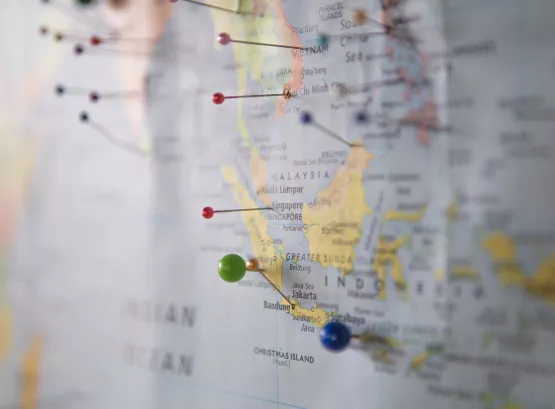Designing medicines exclusively for animal use to remove human antibiotics from our food chain.
Animal antibiotics
In 2022, more than 100,000 metric tons of human antibiotics were used in meat production.
Globally, more antibiotics are prescribed to treat animals on farms than to treat humans. And the antibiotics given to animals on farms are often the same as, or very similar to, those used to fight disease in humans. For example, colistin – a “last resort” antibiotic in human medicine – is frequently used to mass-medicate pigs and poultry. You can read more on this here.
Due to this overuse of antibiotics, bacteria becoming resistant to essential drugs used to fight common infections in humans. Drug-resistant strains of diseases, such as salmonella and MRSA, are emerging which can be transmitted from animals to humans.
Our work
Researchers from our chemistry and biology labs are working together to design alternative antibiotics that can be used in agriculture and animal feed exclusively to reduce the threat of antimicrobial resistance amongst humans.
We combine state of the art synthetic chemistry with veterinary microbiology to test new compounds on animal pathogens that do not induce resistance to human antibiotics. We have multiple ongoing screening initiatives, including on:
- Antibiotics currently not in clinical use.
- Targeted experimental molecules that were abandoned for clinical use.
- Compound libraries (including for drug repurposing).
- Combination therapies.
Most antibiotics used to treat bacterial infections in humans are also used in animals, which is a major contributory factor to the growth of AMR. IOI is one of the few institutes in the world that is developing alternative antibiotics to use exclusively in agriculture.




